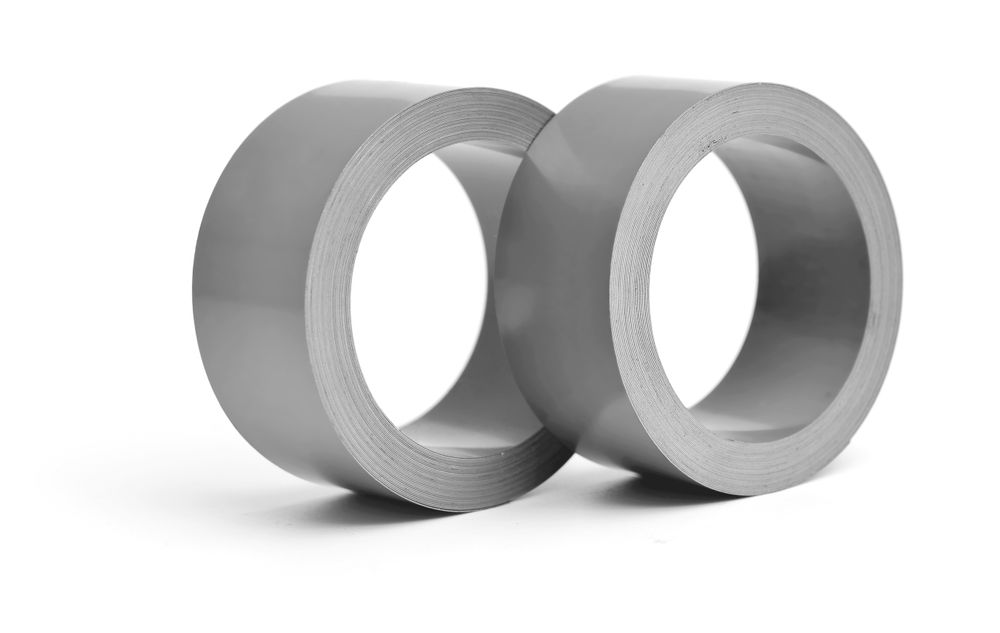
TOROIDAL CORES
Applications, alloys and excursion



TOROIDAL TAPE CORES
In general, toroidal tape cores, which practically form an air-gapless magnetic circuit with a constant cross-section, allow the most favorable utilization of the magnetic material properties.
Very precisely, however, the tape core also has an air gap, since it consists of wound "endless" tape and the magnetic flux must pass from one tape layer to the other.
Applications:
- EMC filters for frequency converters and all types of switched-mode power supplies
- mains-independent residual current circuit breakers
- electronic energy meters
- solar inverters
- inductive heating
- battery chargers
- Automotive industry - all-electric steering aids, DC/DC converters in the vehicle electrical system

Alloys
TOROIDAL CORES- Nickel-iron, NiFe, about 50% or 80% Nickel content,
- Silicon iron, SiFe, grain-oriented & non grain-oriented,
- Iron-based amorphous alloys,
- Cobalt-based amorphous alloys,
- Iron-based nanocrystalline alloys.
Amorphous
EXCURSIONA disordered atomic structure without crystalline regions and grain boundaries is characteristic of amorphous alloys. This is a basic prerequisite that favors soft magnetic behavior.
From Spektrum der Wissenschaft 7 / 1994, page 108: "It is not at all easy to produce a metallic solid in which disorder prevails down to the smallest detail. While a melt solidifies during cooling, the metal atoms generally have enough time to form crystal nuclei, which grow locally into microcrystals. Only if the melt is cooled extremely quickly - for example, at one million degrees per second - does an amorphous solid form. As with glass, the atoms then remain in a largely disordered state. …
Solidification in fractions of a second … To achieve cooling rates of one million degrees per second, however, its thickness must be well below 0.1 millimeters. This is essentially controlled by the roll speed: 0.02 to 0.04 millimeters can be achieved at 20 to 50 meters per second. The dimensions of the casting nozzle and the chill roll determine the film width.
Soft against changing magnetic fields … This is most noticeable when the magnetic field direction changes again. In a metal with a lattice structure, it often takes more energy to restore the original state. Initially, a residual magnetization remains, which is called remanence. An additional field force - the coercivity - is required to bring the magnetic moments back to their original state. For applications in alternating fields, soft magnetic materials that remagnetize even in weak fields are therefore preferred. These include amorphous metals and nickel-iron alloys. …" Soft magnetic iron-amorphous strips, produced using rapid solidification technology, are used for the production of amorphous cut and toroidal strip cores.Cut strip cores
Nanocrystalline
EXCURSIONThe starting material is iron amorphous strip produced using the Rachstarrung technology. The amorphous ribbons are subjected to an additional heat treatment at 500 to 600°C to enable the formation of a fine-grained microstructure. The term nanocrystalline refers to an achieved grain size in the range of 10nm.
Soft magnetic nanocrystalline tapes are used for the production of nanocrystalline cut and toroidal tape cores.